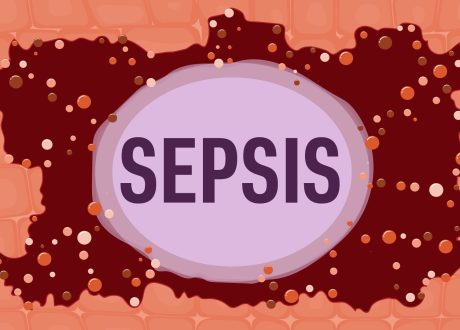Written by Aaron Lacy
Spoon Feed
End tidal CO2 (ETCO2) measurements in the pre-hospital setting on intubated trauma patients were more predictive of mortality and need for massive transfusion than systolic blood pressure (SBP) and shock index (SI). However, while performing better, ETCO2 still only performed at the level of ‘fair.’
Why does this matter?
Prehospital and emergency providers are faced with time critical decisions in the setting of limited information. In trauma patients, the decision to proceed with early blood product administration and destination of care (Level 1, 2, or 3 center) may play a pivotal role in patient outcomes. If there was an easy way to help direct prehospital decision making, it would be of utmost interest to the EMS and trauma communities.
End tidal isn’t the end all
1,324 prehospital intubated trauma patients were retrospectively included from 24 trauma centers. For mortality prediction in all comers, the AUROC* for lowest ETCO2 (0.67, CI 0.63-0.71) performed better than lowest SBP (0.58, CI 0.53-0.62) and maximum SI (0.55, CI 0.50-0.60) (p<0.0005). In all comers, there was no statistically significant difference in the AUROC for prediction in need for massive transfusion between ETCO2, SBP, and SI (0.69, 0.75, and 0.74).
Because critically ill patients are automatically triaged at the highest level and obviously need resuscitation, the authors did a subgroup analysis of intubated trauma patients who were normotensive. In this cohort (n=615), ETCO2 was more predictive (AUROC 0.66, CI 0.61-0.71) than SBP (0.52, CI 0.47-0.58) and SI (0.56, CI 0.50-0.62) of mortality (p<0.001). The cutoff for this value was 31 mm Hg (PPV 39.1%, NPV 83.3%). Results were similar, but not statistically significant, in predicting massive transfusion, with ETCO2 (AUROC 0.75) outperforming SBP (0.63) and SI (0.64), with a cutoff of 26 mm Hg (PPV 16.1%, NPV 98.1%).
So that’s a lot of numbers and AUROCs. While the one-liner could be “ETCO2 under 31 mm Hg and 26 mm Hg predicts mortality and need for massive transfusion, respectively, and should change patient destination and product administration,” it is important to note ETCO2 only performed fairly well. I wish ETCO2 would make these decisions easy, but it doesn’t appear to be the crystal ball for trauma outcomes. This study does ask an interesting question, with an interesting result, and opens doors for future work on the subject.
Source
Prehospital End Tidal Carbon Dioxide is Predictive of Death and Massive Transfusion in Injured Patients: An EAST Multicenter Trial. J Trauma Acute Care Surg. 2021 Oct 22. doi: 10.1097/TA.0000000000003447. Online ahead of print.









